How to Get Rid of Aphids: Pro Tips — Plus, How to Keep Them From Coming Back
Keep your plants healthy all summer long!
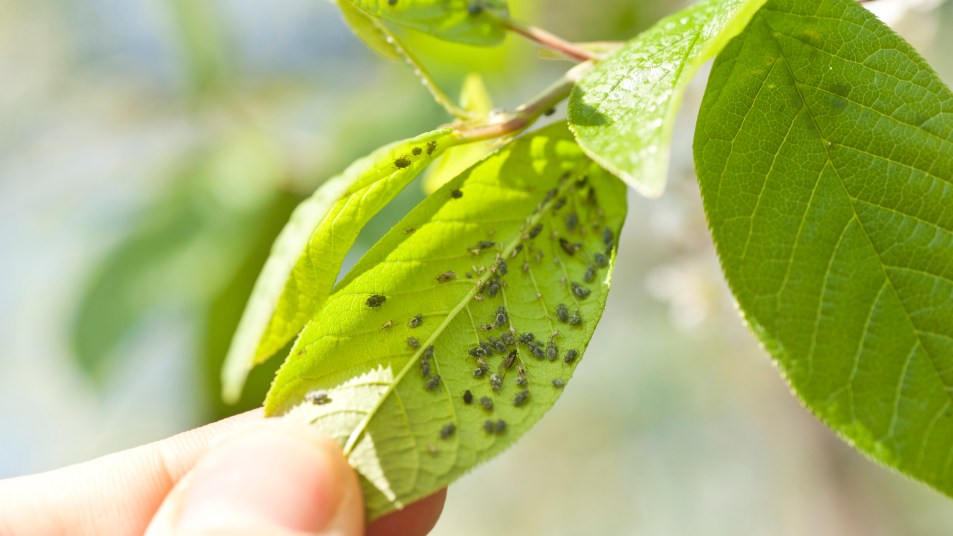
You love caring for your plant babies in your garden and harvesting fresh fruits, veggies, herbs and flowers all summer. Although you diligently maintain your plants’ health, sometimes they can develop an aphid problem that can pose a serious threat. These tiny yet powerful insects can wreak havoc on your garden, causing plants to wilt and eventually die. If you’re wondering how to get rid of aphids — and how to keep them from returning, keep reading for advice from top gardening pros.
What are aphids?
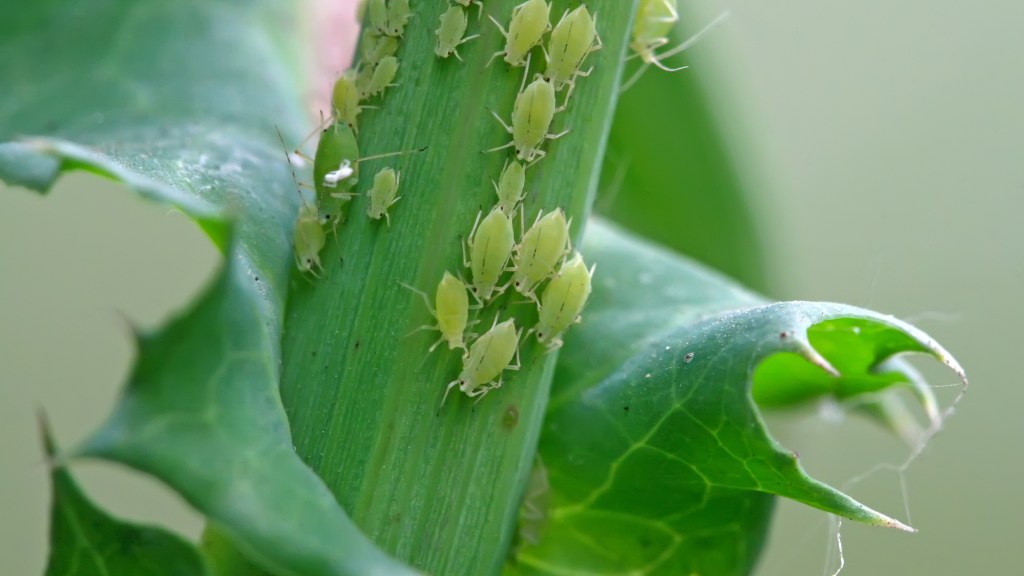
“Aphids are small sap-sucking insects that are attracted to many garden plants and weeds,” says Sarah Johnson of gardening site British Green Thumb. The pests harm plants primarily by sucking the sap from leaves and stems, robbing them of vital nutrients, she says. This can lead to a range of problems, including leaf curling, wilting, stunted growth and a decline in plant health.
What’s more: Aphids excrete honeydew, a sticky substance that can lead to the growth of sooty mold on plants, she says. Sooty mold’s black residue not only looks unsightly when it coats your plants’ leaves, but it can also block the sun and prevent photosynthesis from occurring. Additionally, aphids can transmit viruses from one plant to another, endangering plant health, notes Johnson.
What do aphids look like?
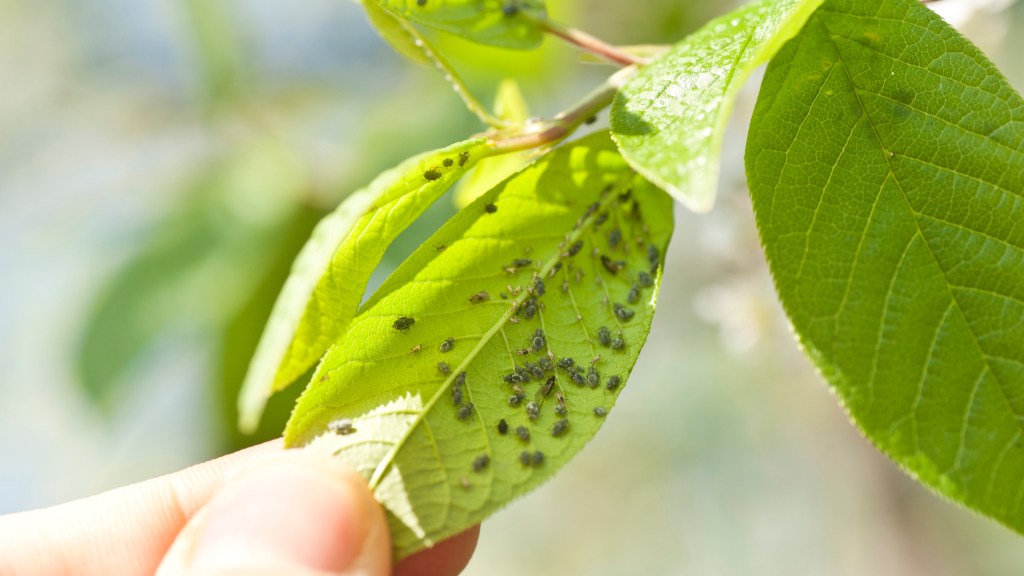
“Aphids are soft-bodied insects that are about the size of a pinhead,” says Jim Buick, associate certified entomologist at Fox Pest Control. The insects’ bodies range in color and you may find some in your garden that are light green, white, black, brown or pink. “Aphids typically group in large numbers and can be found on the undersides of leaves and on tender new shoots,” says Johnson. The pests are drawn to the soft tissues of plants, which make it easy for them to extract nutrients. Some of the most common plants that attract aphids are vegetable plants (like cabbage, peppers and artichokes) and non-woody stemmed flowering plants (like dahlias, nasturtiums and cosmos).
To detect if you have an aphid problem, simply look at the underside of your plants’ leaves to see if the tiny insects have made a home. If you see them, use our expert tips for tips on how to get rid of aphids.
How to get rid of aphids
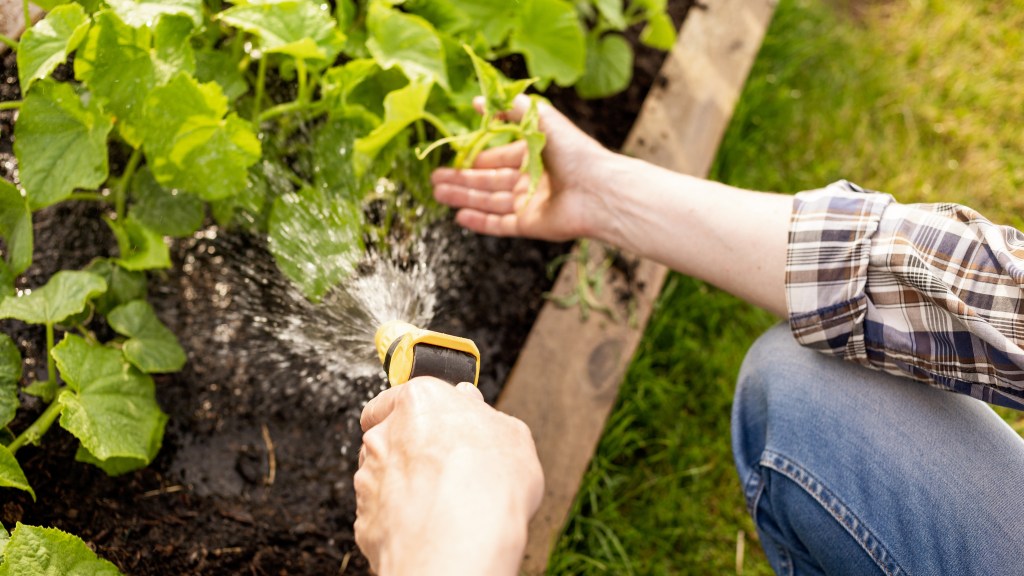
If you find that any of your plants are harboring aphids, try one of the gardening pro-approved treatments below:
Soak them with water
“A strong jet of water can dislodge aphids from plants, particularly mild infestations,” says Johnson. Simply use your garden hose to spray a strong stream of water on the plants, getting underneath leaves to help wash away the insects.
Use neem oil
“One simple trick that I’ve found that is safe and powerful when it comes to ridding your plants of aphids is to soak a cotton ball in neem oil (available at garden centers), then swipe the cotton onto the plant,” says Jennifer Hankey, the Green Queen and founder and CEO of Green Queen Pest & Cleaning. Neem oil is a naturally occurring pesticide extracted from the fruits and seeds of the neem tree. It’s practically nontoxic to birds, mammals, bees and plants, according to the National Pesticide Information Center. Neem oil blocks the aphids’ endocrine system so they can’t reproduce, causing the colony to shrink drastically.
Apply dish soap and water
“You can sometimes control aphids by wiping or spraying the leaves of the plants with a mild solution of water and a few drops of dish soap,” says Buick. To do: Add 1 1⁄2 tsp. of dish soap to a 32 oz. water-filled spray bottle. Spray it over your plants, including the leaves. The soap dehydrates and kills bugs on contact, and it deters future invaders. Buick suggests reapplying the soap mixture every few days for two weeks for best results.
Introduce predators
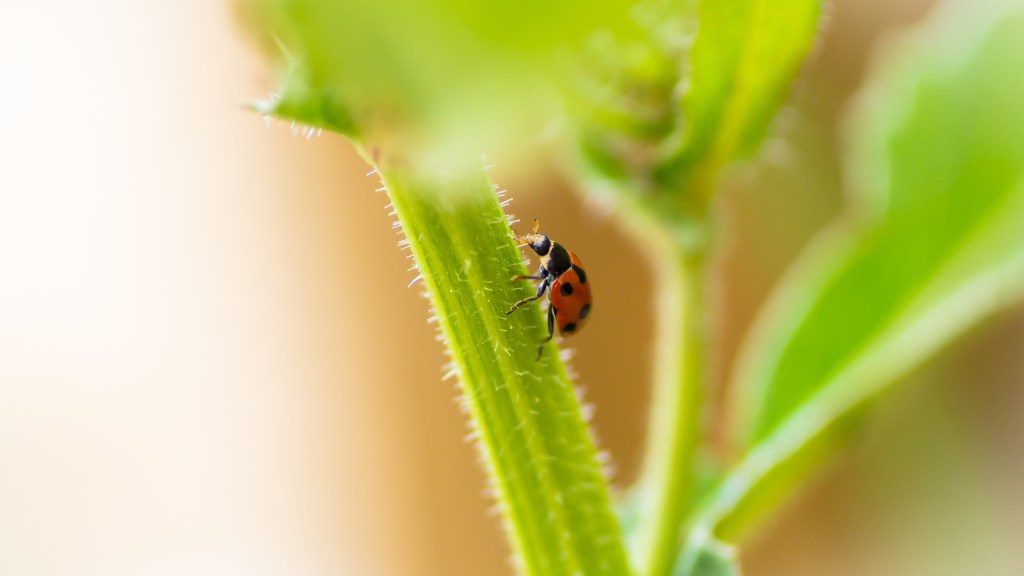
Encouraging natural predators like ladybugs, lacewings and parasitic wasps can help control aphid populations naturally, since the insects use aphids as a food source, says Johnson. Recruiting more of them to your patch of green is as easy as planting a few herbs such as dill, mint and parsley near plants that have an aphid problem. Attracted to their aromas, the predator bugs will enjoy the herbs — then feast on any aphids they find on your flowers and other plantings.
Spray insecticidal soap
“Insecticidal soaps are effective against aphids and won’t harm plants,” says Johnson. These sprays (available at garden centers) are made of salts extracted from fatty acids and oils, and they suffocate and eliminate aphids. One note: “The soap must come into contact with the aphids to work, so thorough application is necessary,” says Johnson.
According to UCONN College of Agriculture, Health and Natural Resources Home and Garden Education Center, insecticidal soaps can be mildly irritating to the skin or eyes. So use them carefully, and consider wearing gloves while applying.
How to stop aphids from coming back
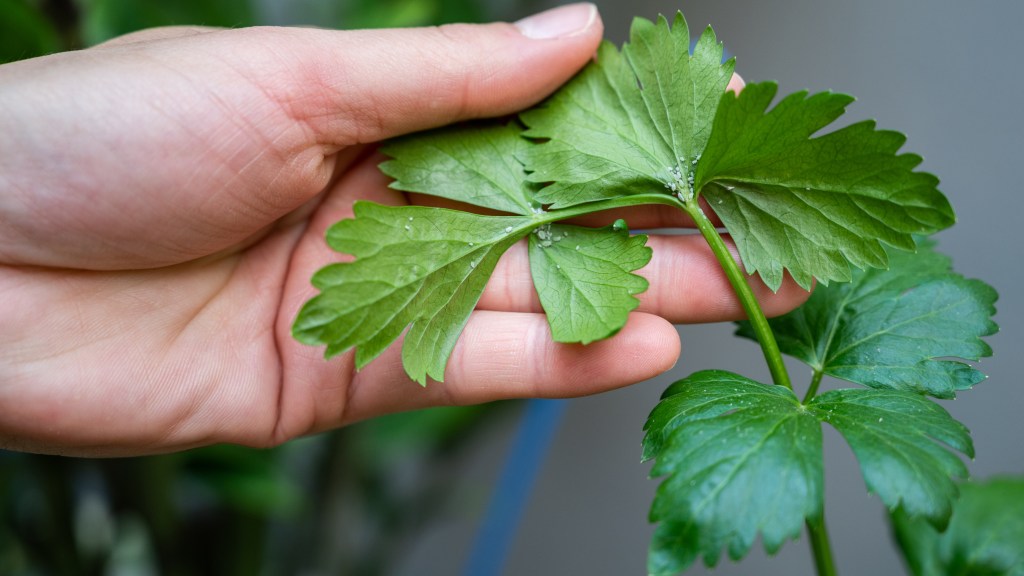
Now that you finally eliminated pesky aphids from your plants, you may be wondering how to keep them from returning. Thankfully, staving off the critters is as easy as implementing the following steps:
Inspect plants often
“Check plants frequently for aphids, especially under leaves and on new shoots,” says Johnson. Catching the bugs early can make it easier to eliminate the colony, since there are fewer aphids making a home on your plants.
Keep plants healthy
Ensure your plants are getting proper watering, fertilizing and pruning, as stressed plants are more susceptible to aphid attacks, says Johnson. When plants don’t have enough water and become stressed, their sugars and nutrients become more concentrated, which in turn attracts aphids.
Add companion plants
Planting nasturtiums, which are a magnet to aphids thanks to their sweet nectar, might seem counterintuitive, but it can actually be a helpful companion plant in your garden! Plant nasturtiums next to vegetable plants or flowers, and aphids will glom onto the nasturtiums, sparing surrounding plants.
Sprinkle on citrus peels
Save the peels from your favorite citrus fruits, like oranges, lemons and limes, and sprinkle them around your plants. Citrus peels contains D-limonene, which breaks down the exoskeletons of aphids. Pests can smell the chemical and will steer clear of your plants.
For more gardening advice, keep reading:
Seed Swap: The Free (and Fun!) Way to Get a Jump Start on Your Garden Right Now
How to Germinate Seeds Indoors: Gardening Pros Share Their Top Tricks for Success
9 Smart Ways to Keep Squirrels Away From Your Garden, According to Pest Pros















